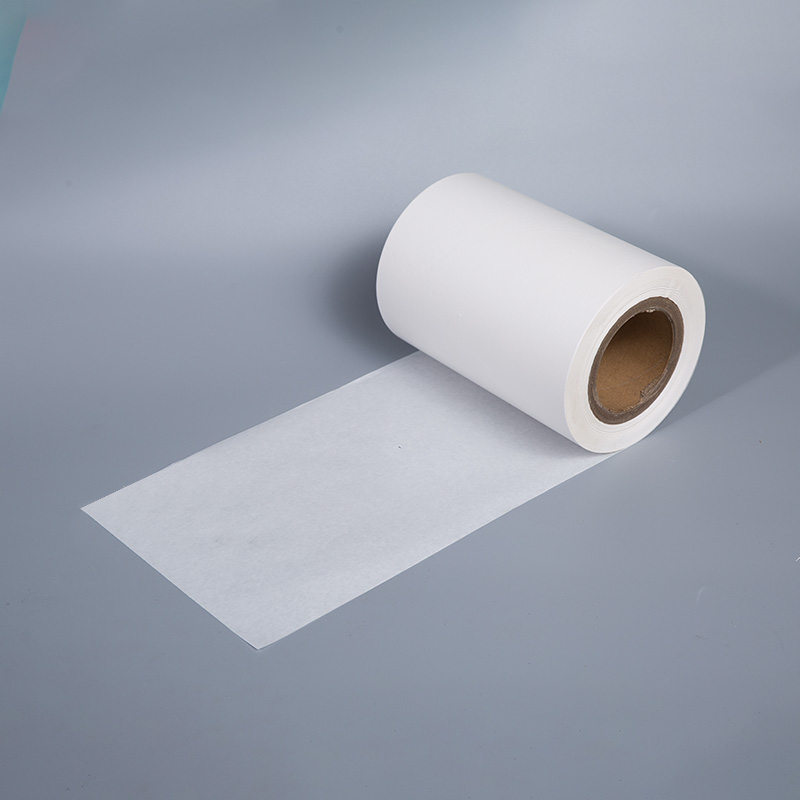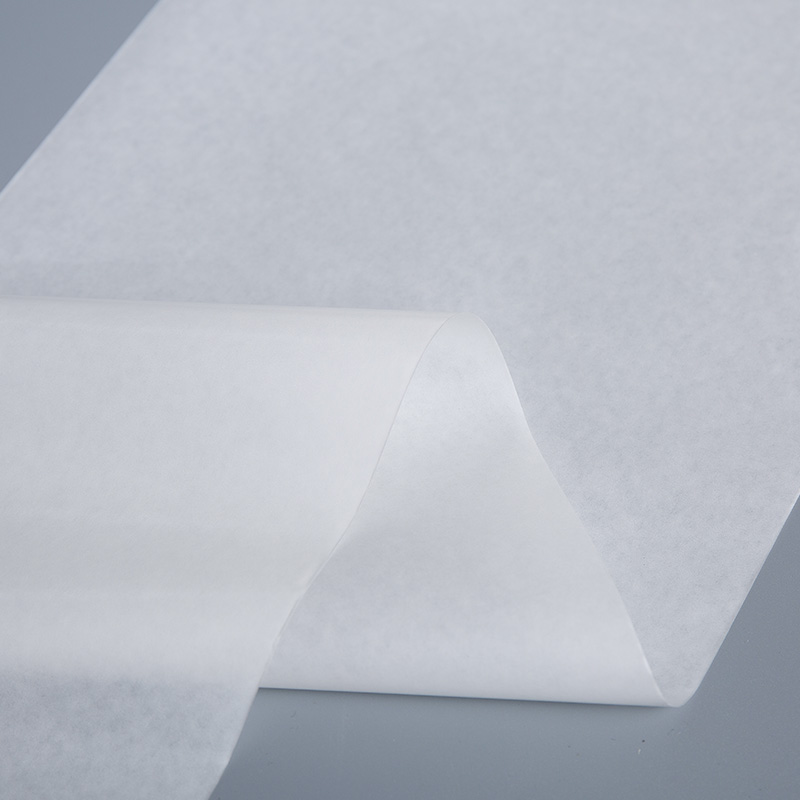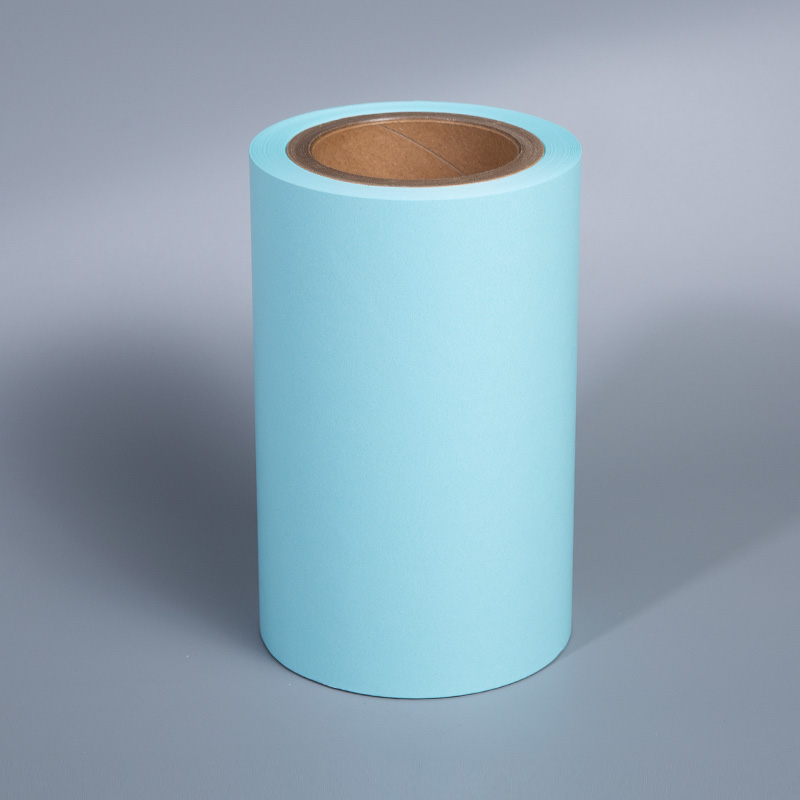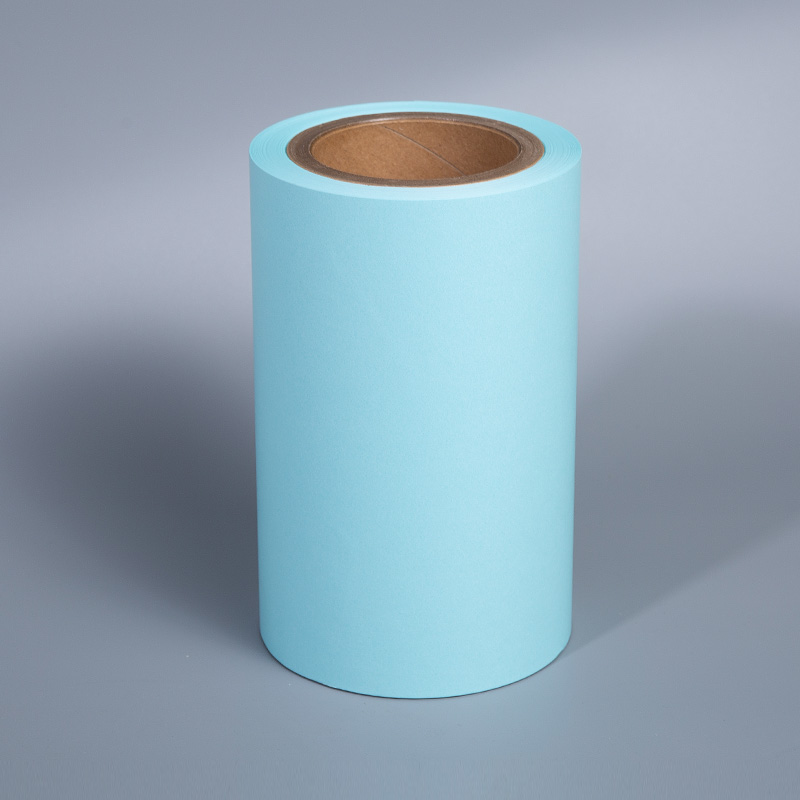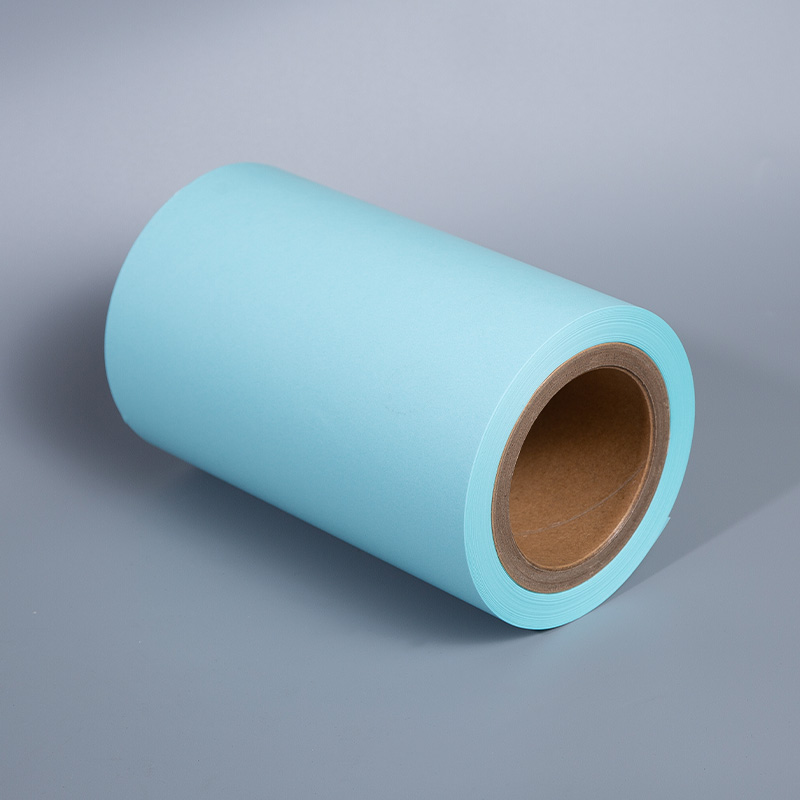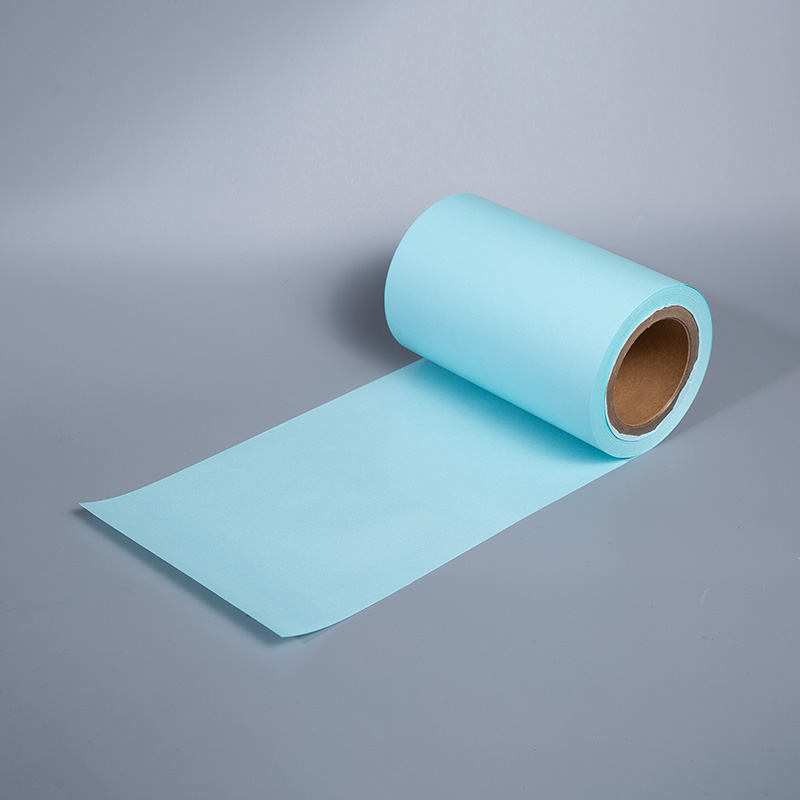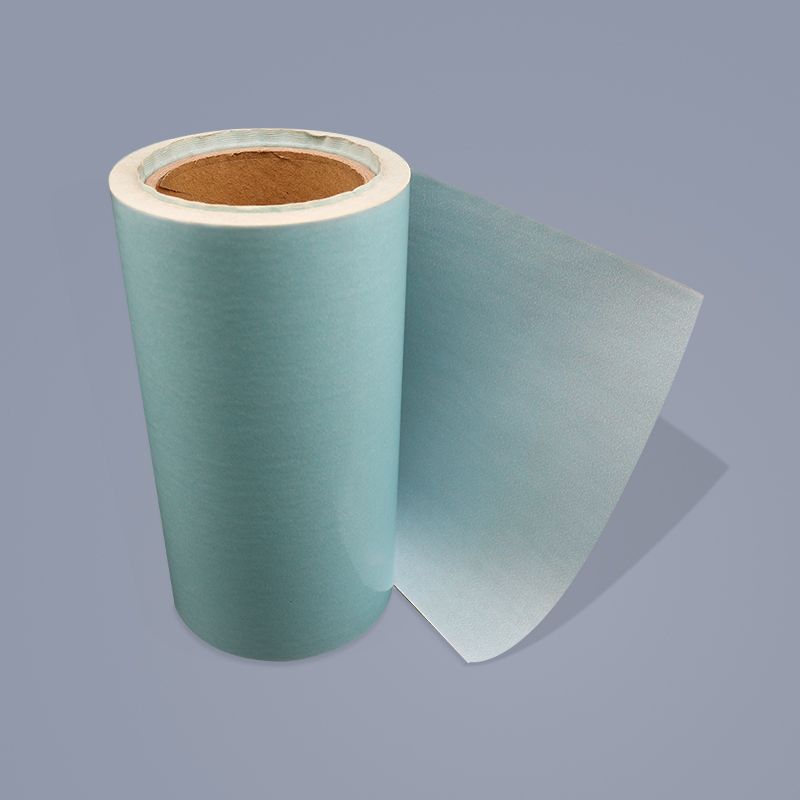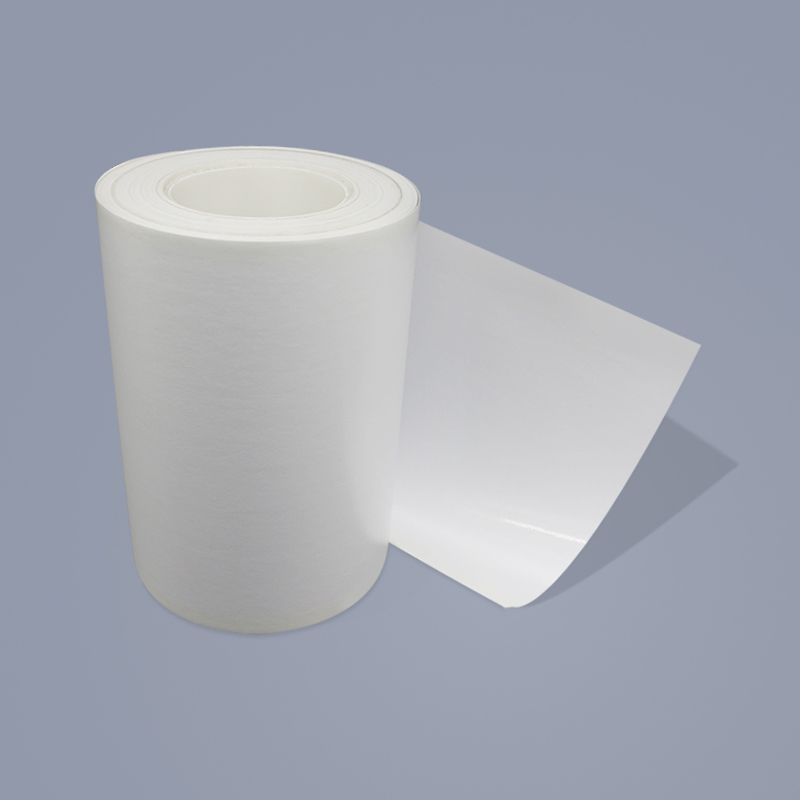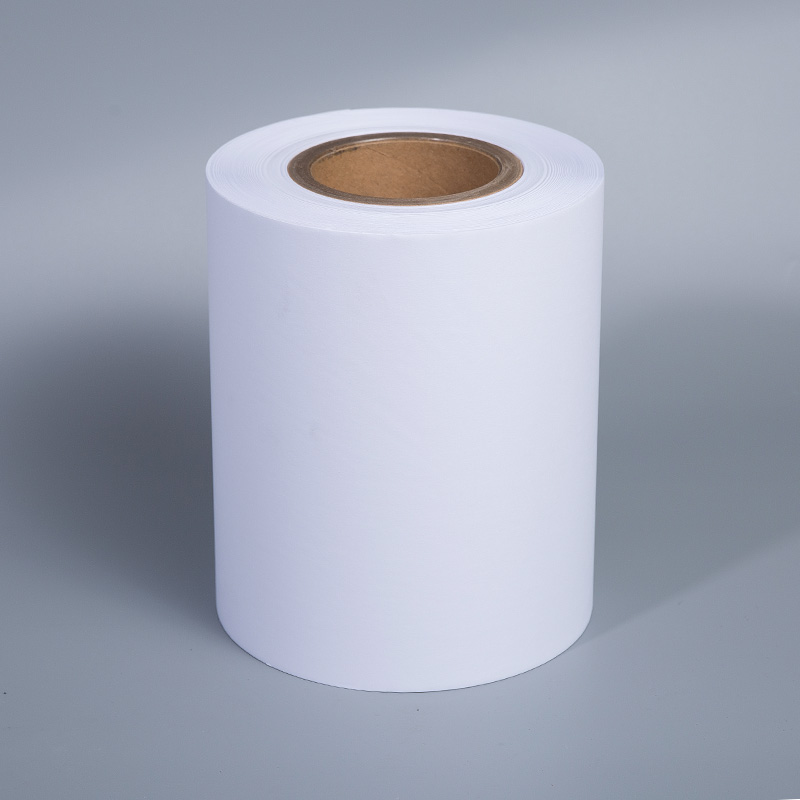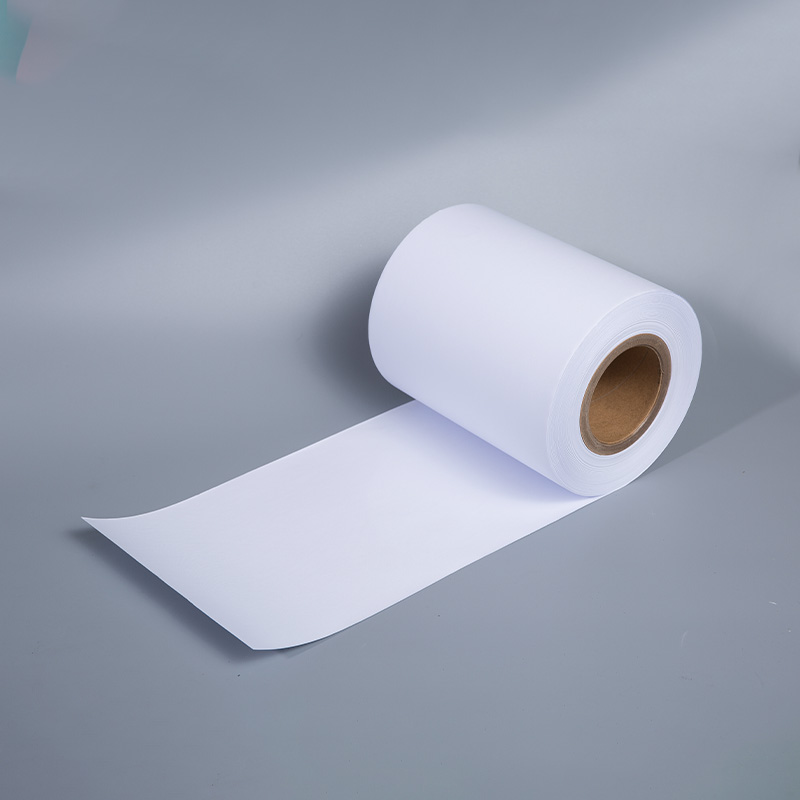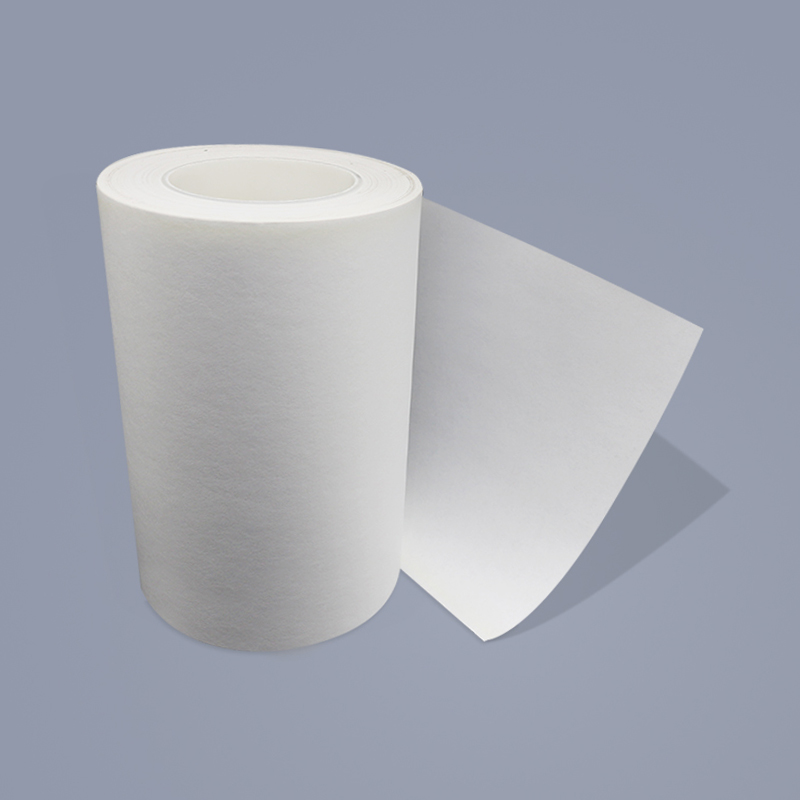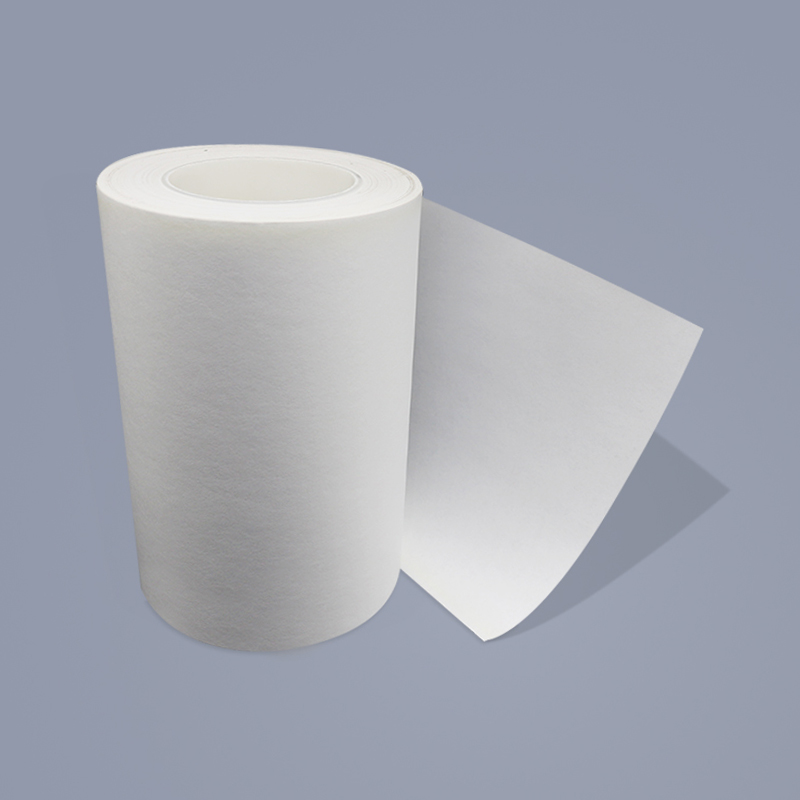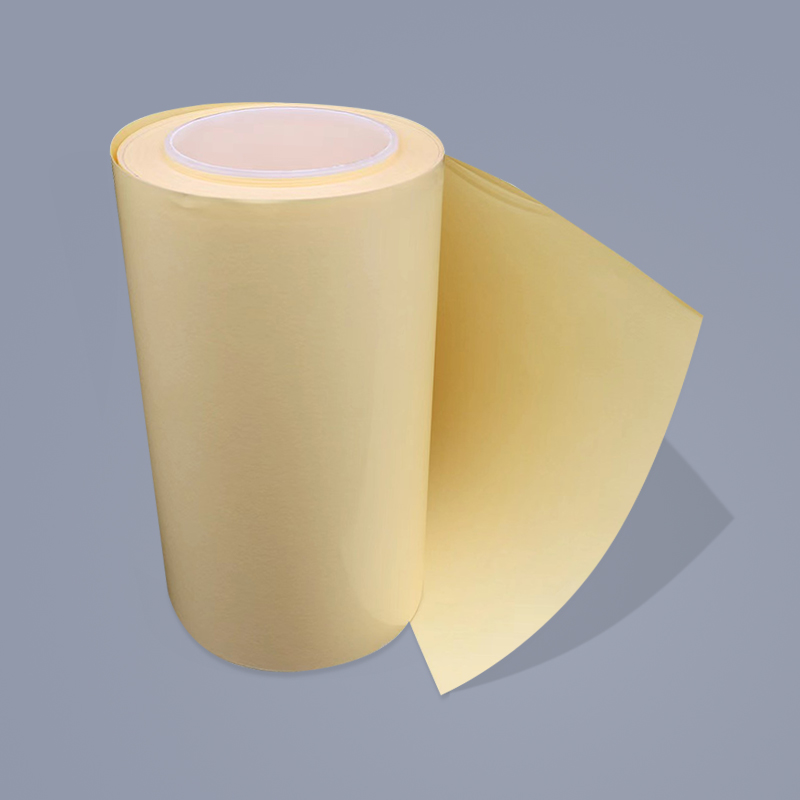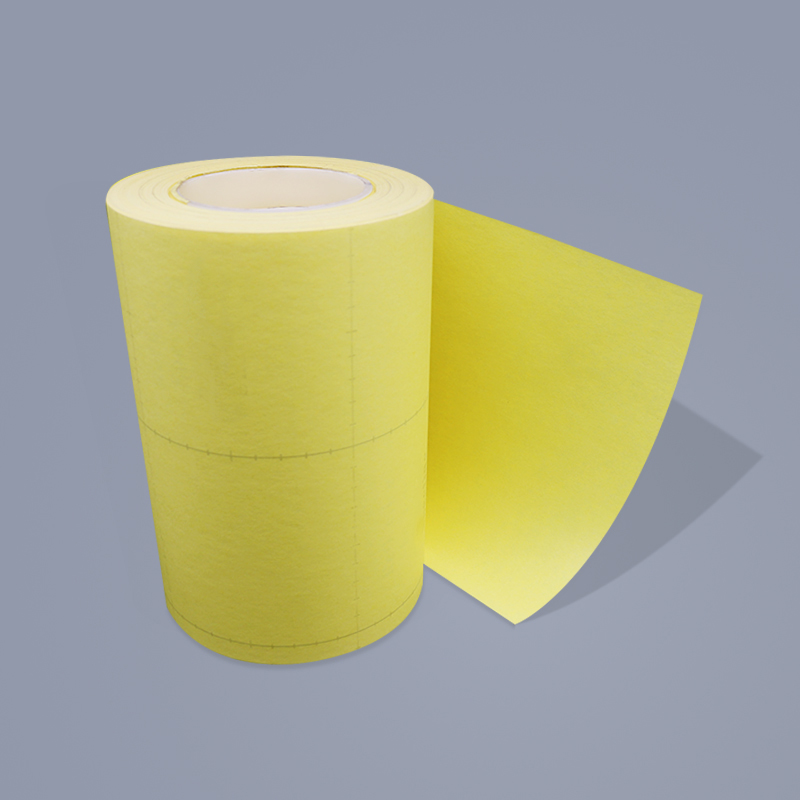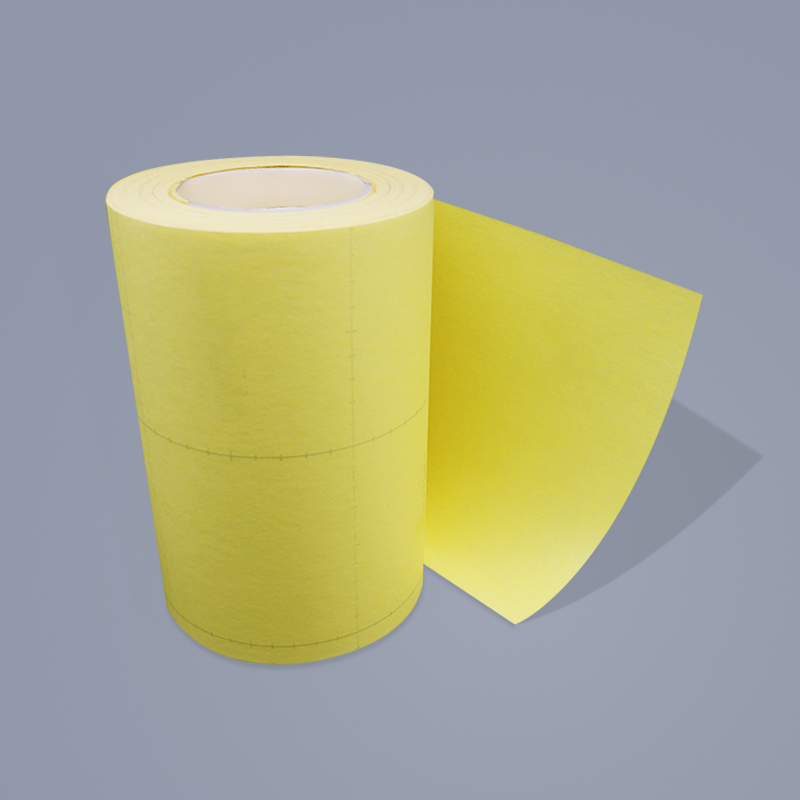What technical parameters should customers pay attention to when choosing Gracin Release Printed Paper?
When choosing Gracin Release Printed Paper, customers should pay attention to the following key technical parameters to ensure that the paper meets the specific application requirements:
Release Force
Release force refers to the adhesion of the coating on the paper, which affects the ease of separation from the adhesive or other materials. According to the application requirements, choose the appropriate release force level, such as low, medium, high, etc., to ensure that the product or pattern is not damaged during release.
Thickness
Thickness affects the strength and flexibility of the paper, which in turn affects the final use effect. Different thicknesses of paper are suitable for different application scenarios. For example, label production may require thinner paper, while textile printing or industrial die-cutting may require thicker paper for better support.
Heat Resistance
If Gracin Release Printed Paper is used for applications that require heat pressing (such as textile transfer printing), heat resistance is a key parameter. The paper needs to be able to withstand a certain temperature without deformation, warping or coating shedding, and heat resistance is usually required to be within a specific temperature range (such as above 150°C).
Smoothness
Smoothness affects the clarity and uniformity of the pattern on the paper surface. Release paper with high smoothness can better convey delicate patterns and text, and is suitable for high-demand printing effects, such as high-definition pattern transfer.
Moisture Resistance
The moisture resistance of paper is essential for storage and use. Gracin Release Printed Paper with high moisture resistance can maintain its performance in a humid environment, and is not easy to warp or bubble, which is particularly suitable for industries with high environmental requirements.
Environmental and Sustainability Factors
For applications with high environmental requirements, customers should pay attention to the degradability of paper and whether harmless coatings are used. Products that meet environmental certification are more competitive in green procurement and also help meet the company's sustainable development goals.





